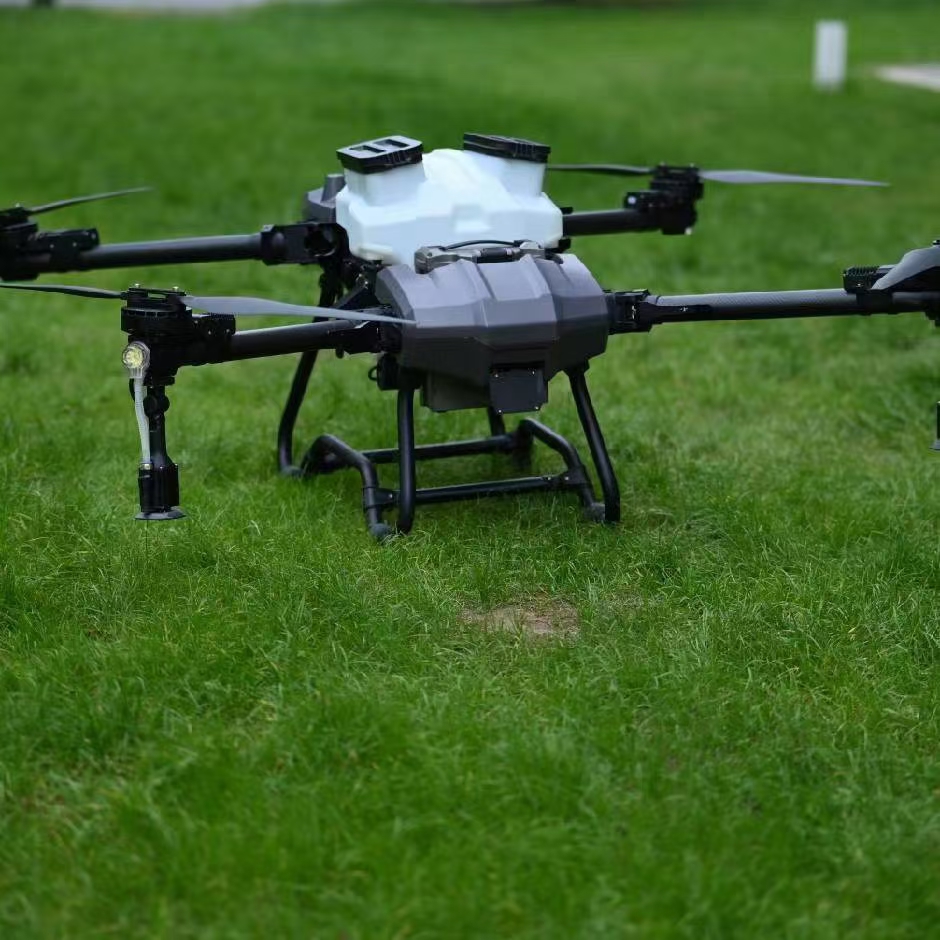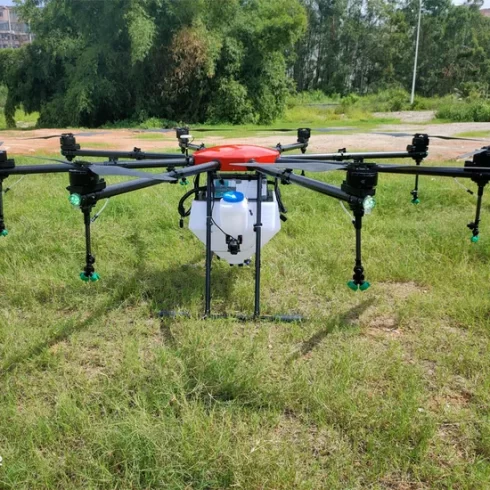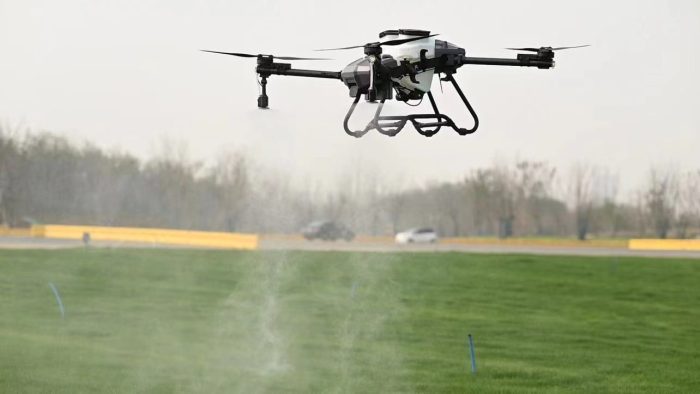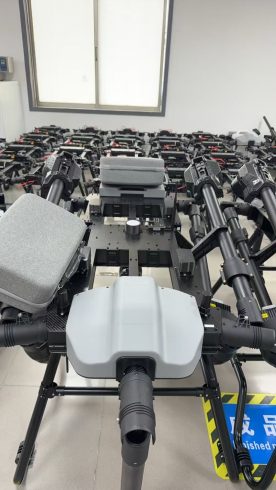
Target Keywords: precision agriculture drones, AI-powered pesticide drones, sustainable farming drones, autonomous crop spraying systems, smart farming technology
—
The Global Need for Smart Crop Protection
By 2030, climate change is projected to reduce global crop yields by 10-25%, while pesticide misuse costs farmers $54 billion annually in wasted chemicals and environmental damage (FAO). Traditional methods—manual sprayers and tractor-mounted systems—waste 70% of pesticides through drift and runoff, exacerbating soil degradation and water scarcity. Agricultural drones are emerging as a transformative solution, combining AI, IoT, and aerospace engineering to deliver 55% chemical reductions, 30% yield increases, and compliance with global sustainability frameworks like the UN’s Decade on Ecosystem Restoration.
—
Why Choose AI-Driven Spraying Drones?
1. Precision Engineering for Maximum Efficiency
– RTK GNSS & 3D Mapping: Centimeter-level accuracy with real-time terrain adaptation, reducing overlap errors by 95%.
– Variable Rate Spraying (VRS): Machine learning adjusts flow rates (25-40% chemical savings) based on crop health data.
– Obstacle Avoidance: 360° LiDAR scanning ensures safe navigation in dense fields.
2. Sustainability-First Design
– Hydrogen Fuel Cells: 120-minute flight times with zero emissions.
– Biodegradable Nozzles: Mycelium-based components decompose in 45 days.
– Electrostatic Spraying: ±20kV charge improves leaf adhesion by 90%, minimizing drift.
3. Scalability for Mega-Farms
– Swarm Intelligence: Coordinated fleets automate 10,000-acre operations in under 6 hours.
– Modular Payloads: Quick-switch systems handle pesticides, herbicides, or biofertilizers.
– Solar-Rechargeable Batteries: Extend operational uptime by 40%.
—
Proven ROI for Farmers
Case Study 1: Rice Farms in Southeast Asia
– Challenge: Manual spraying wasted 60% of pesticides in flooded paddies.
– Solution: Amphibious drones with water-surface radar and flood-adaptive algorithms.
– Results: 38% chemical savings, 25% yield increase, and zero farmer exposure risks.
Case Study 2: Vineyards in France
– Challenge: EU pesticide reduction mandates threatened wine quality.
– Solution: AI drones detecting mildew 72 hours pre-outbreak via VOC analysis.
– Results: 33% lower copper-based fungicide use while maintaining DOCa certification.
—
Future-Proofing with Cutting-Edge Innovations
1. Quantum-Sensor Technology
– Entanglement-based Soil Scanners: Detect root pests 2m underground.
– AI-Synthesized Biopesticides: Onboard production using real-time pest DNA analysis.
2. Self-Healing Drone Ecosystems
– 3D-Printed Biopolymer Parts: Self-repair minor damage mid-mission.
– Autonomous Charging Stations: Solar-powered hubs enable 24/7 operations.
3. Climate-Smart Integration
– Carbon-Capturing Sprays: Convert CO₂ into biochar during application.
– Pollinator-Safe Protocols: Deploy bee-friendly pheromones alongside pesticides.
—
How to Implement Drone Spraying on Your Farm
Step 1: Digital Field Mapping
Use NDVI drones to identify pest hotspots and calculate optimal chemical volumes.
Step 2: Adaptive Spray Programming
Upload AI prescriptions for:
– Time-of-day adjustments (e.g., dawn spraying for dew-enhanced absorption).
– Crop-specific protocols (citrus vs. cotton).
Step 3: Performance Analytics
Monitor ROI via dashboards tracking:
– Chemical savings per hectare.
– Disease suppression rates.
– Equipment utilization metrics.
—
Call to Action
Upgrade to Your Brand’s AI-Powered Spraying Drones and transform your farm’s efficiency. Request a free consultation to design a precision agriculture roadmap tailored to your crops and terrain.
—
Meta Description: Discover AI-driven pesticide drones that slash chemical use by 55% while boosting yields. Explore hydrogen-powered swarms, self-healing drones, and quantum-enabled agroecology for sustainable farming.










暂无评论内容